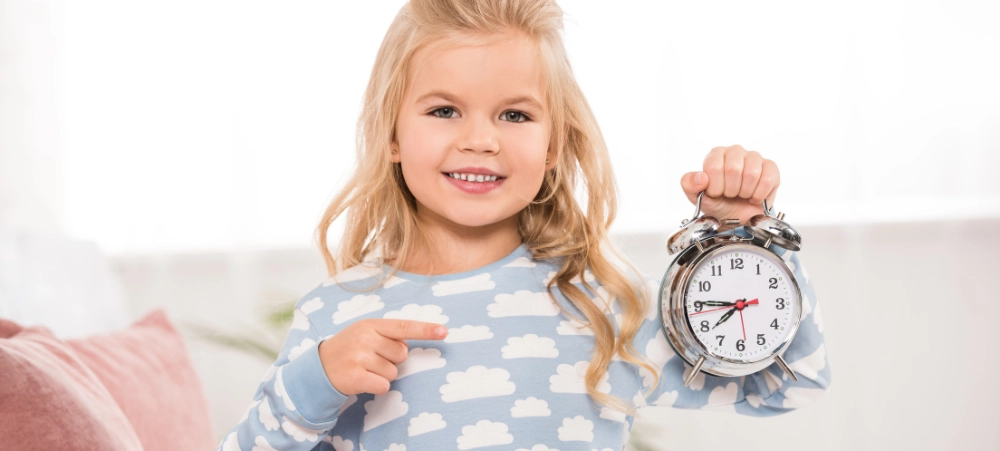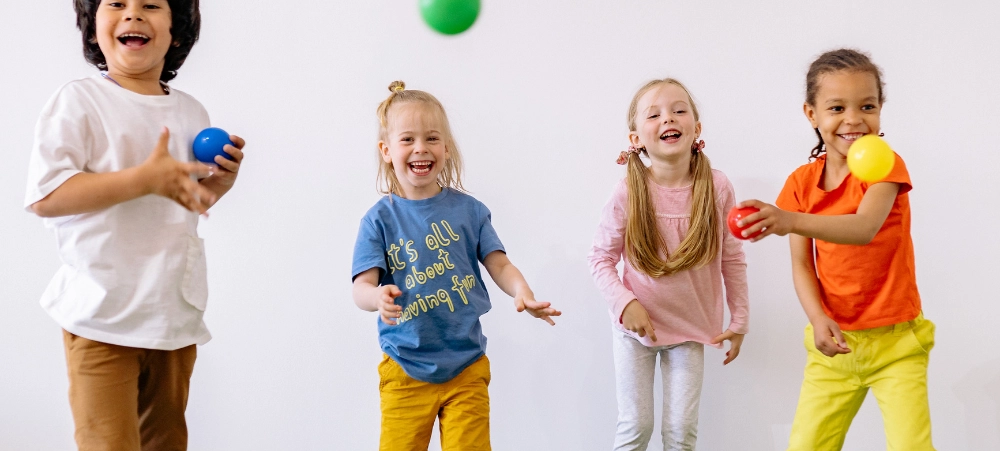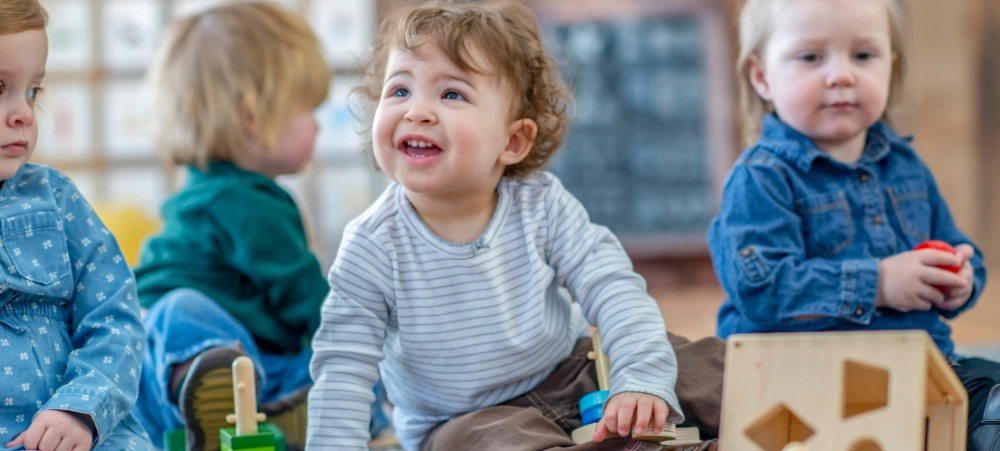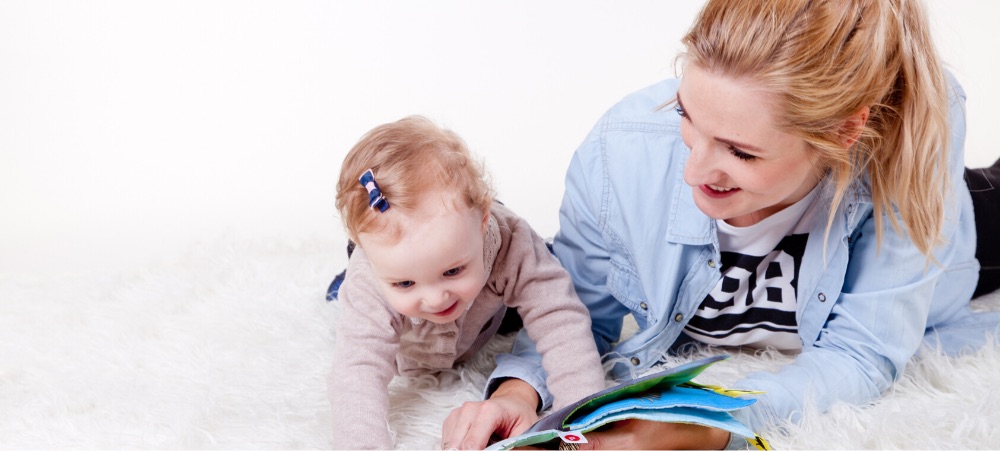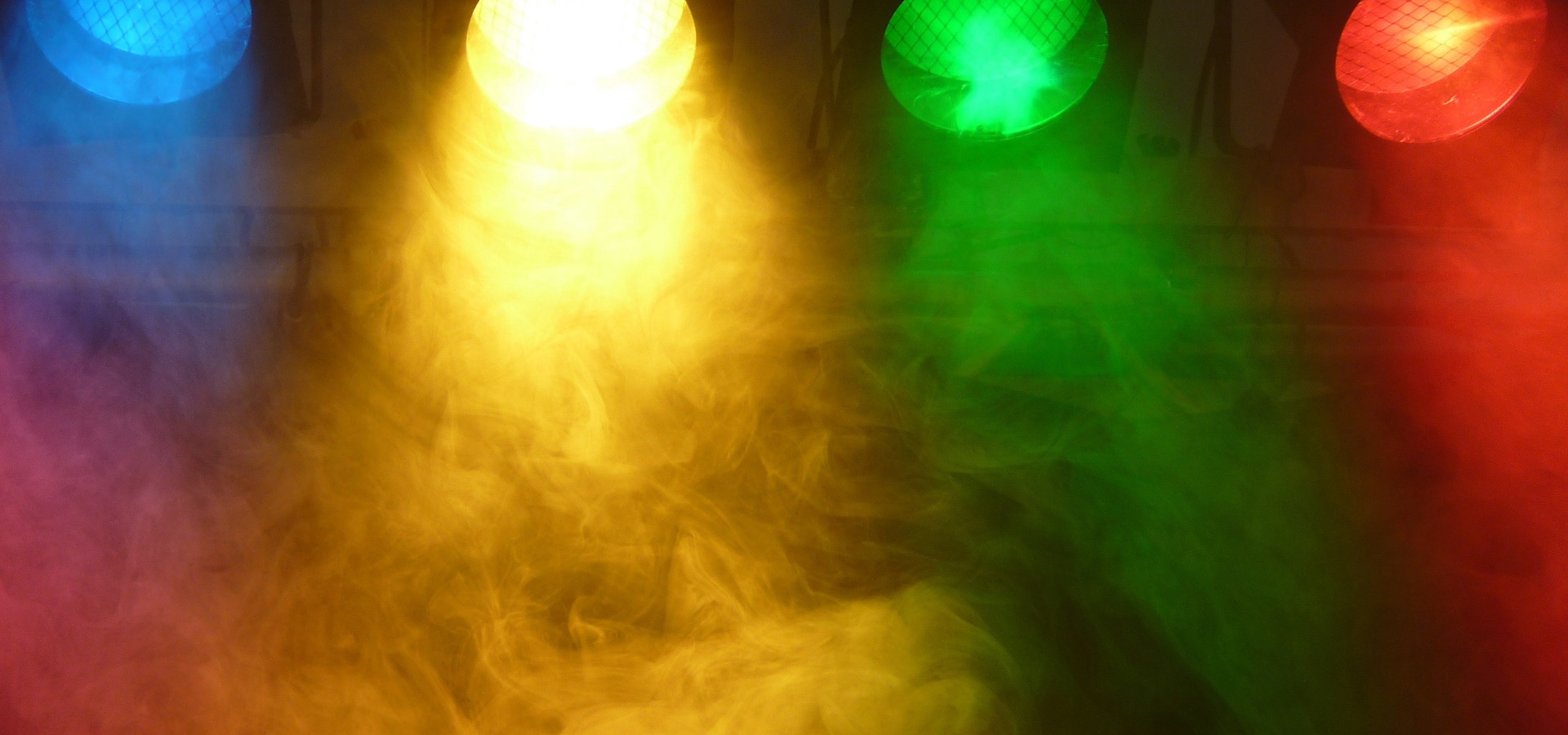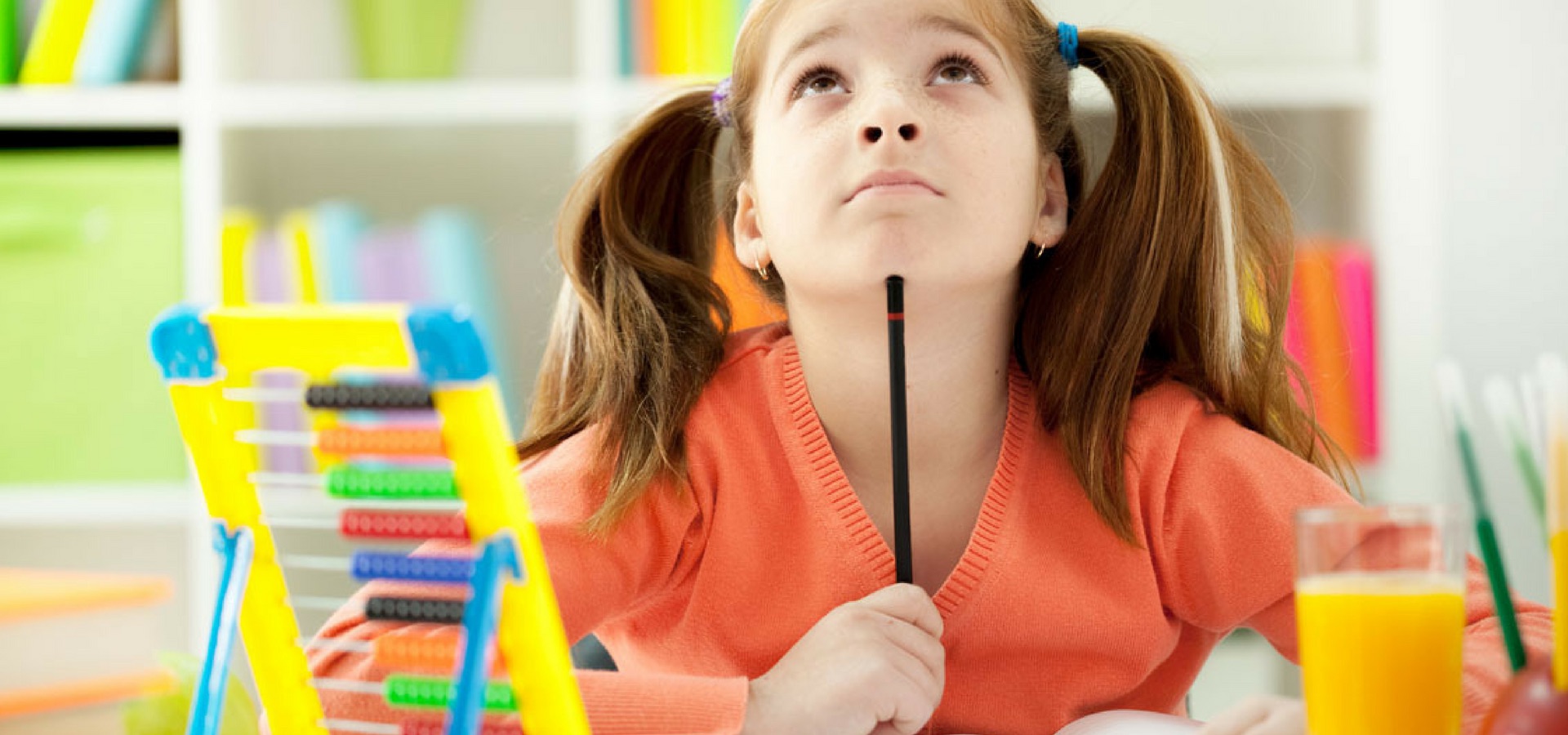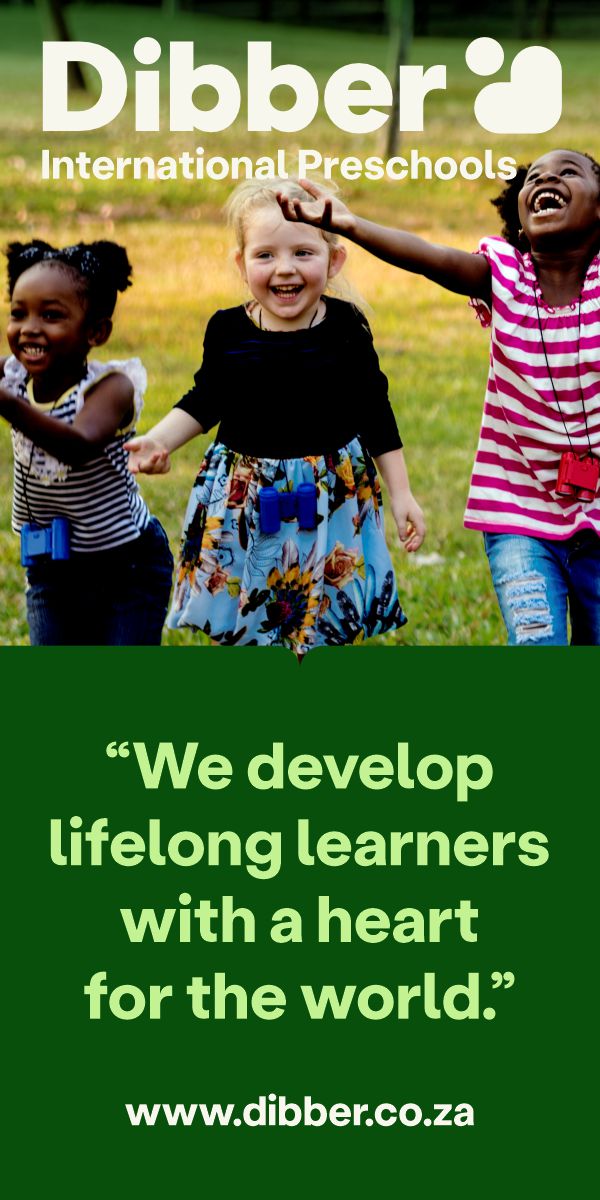
Celebrating Roots and Voices: The Heart of International Mother Language Day at Dibber
As an educator and parent at Dibber International Preschool, I carry a deep sense of pride and emotion when I think about the incredible tapestry of languages and cultures that define our community. February 21, International Mother Language Day, isn’t just another date on the calendar for us. It’s a reminder of the roots that ground us, the voices of our ancestors, and the stories that shape who we are. In South Africa, we are blessed with eleven official languages, each a treasure trove of history, traditions, and connections. Language was a tool of division during apartheid, where many were silenced or denied the right to speak in their mother tongue. Yet, post-1994, language became a powerful symbol of unity and nation-building. Our multilingual identity is not just a reflection of our diversity; it’s a testament to our resilience and the beauty of coming together while honouring our differences. But I know, as many of you do, how easily a mother tongue can become lost in the noise of modern life. English often dominates in schools and workplaces, and sometimes our own languages take a backseat. It’s easy to forget how much is at stake when we allow this to happen. Our children deserve more than that. They deserve the richness, the sense of belonging, and the pride that comes from speaking their first language. Language is so much more than words. It’s the way your grandmother’s voice softens when she tells a childhood story. It’s the laughter shared over isiZulu proverbs that carry generations of wisdom, the rhythmic beauty of a Xhosa song, or the heartfelt simplicity of an Afrikaans bedtime story. These moments stay with us; they become part of who we are. For our children, these moments are grounding and affirming, especially in a world that can sometimes feel vast and overwhelming. In our homes and classrooms at Dibber International Preschool, we hold onto these traditions with everything we have. We tell the stories our grandparents told us, we sing the songs that carry meaning, and we share words that feel like home. As a parent of a child on the autism spectrum, and as someone who is on the spectrum myself, I have a profound appreciation for the meaning and weight of words. I’ve seen firsthand how connecting with a mother tongue offers comfort and security. It’s in the familiar sounds and rhythms of our language that my son and I both find a sense of calm amidst life’s complexities. At Dibber International Preschool, we carry these values into every aspect of our teaching. Every child’s language is welcomed, celebrated, and respected. When a child shares a word or phrase in their mother tongue, it’s like they’re sharing a piece of their soul. We encourage this because it enriches everyone. Whether through a story, a song, or simply a greeting, each language adds to the vibrant mosaic of our classrooms. And in South Africa, where multilingualism is part of our daily lives, this celebration of diversity becomes even more essential. What if every child truly understood their value? What if they grew up knowing that their voice, their heritage, and their unique place in the world mattered deeply? At Dibber, we aim to create children for the heart of the world—confident, empathetic, and holistically developed individuals who celebrate themselves and others. We nurture their academic and physical growth and emotional, social, and cultural well-being. This approach ensures that every child feels seen and valued for who they are and what they bring to the world. Supporting a child’s mother tongue doesn’t mean rejecting other languages; it means giving them a foundation. A strong mother tongue gives children the confidence to learn new skills, embrace other languages, and explore the world with open hearts and curious minds. For families worried about losing their linguistic heritage, even small efforts can make a big difference. Read stories together in your language, play traditional games, or simply use your language in daily conversations. These little acts carry immense power. We South Africans know the pain of losing our connection to language and identity. But we also know the joy and pride that come from reclaiming it. International Mother Language Day is more than a celebration; it’s a call to action. Let us hold onto our languages fiercely, teach our children to love and cherish them, and remind them of the stories and people that came before. This day is about so much more than language. It’s about roots, heritage, and the incredible journey of identity. It’s about giving our children the tools to stand tall and proud in who they are while embracing the diversity of the world around them. Let us honour every voice, every story, and every language. Together, we can build a future where all our children feel seen, heard, and celebrated—proud of where they come from and ready to embrace all that lies ahead. By Kelly Eyre, Kelly Eyre, quality and pedagogy lead at Dibber International Preschools


